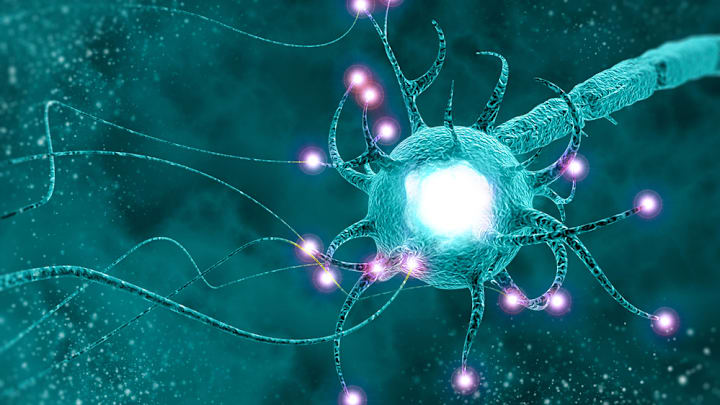The Muscle-Mind Connection: Why Strength Isn’t Just Physical

We tend to think of strength as something you build with reps and resistance. Something that shows in the shape of your arms or the lift in your posture. But real strength? The kind that sticks with you long after the last set ends? That lives in your brain as much as your body.
Welcome to the muscle-mind connection—where fitness goes beyond the physical, and where every curl, stretch, and sprint quietly rewires your mind.
Strength Training Starts in the Brain
Before your biceps flex or your quads engage, something happens behind the scenes. Your brain fires a signal. Your nerves respond. Your body follows. Every movement, no matter how small, begins with an idea—a whisper from the mind to the muscle saying, “Go.”
The more you train, the stronger that connection becomes. You’re not just building physical capability—you’re sharpening a neurological skill. This is why beginners often see gains in strength even before visible muscle shows up. It’s not magic. It’s the mind-muscle highway being paved in real time.
And like any skill, the more attention you give it, the more power it holds.
Focus is Fuel
Ever notice how your lifts feel different when you’re distracted? Or how your form slips when your mind is elsewhere?
That’s not a coincidence—it’s feedback.
The body craves presence. When you bring your full attention to a movement—when you feel your glutes fire, or notice the shake in your core—it’s like hitting a power boost. You’re not just doing the motion; you’re becoming the motion.
Intentional movement creates deeper muscle activation. And deeper muscle activation leads to stronger results—both inside and out.
Mental Strength is Built Through Repetition Too
Repping out squats or holding a plank teaches you more than grit. It teaches you trust. That your body can do hard things. That your limits are more flexible than you thought. That fatigue doesn’t always mean failure—it sometimes just means you’re getting close to the edge of growth.
The mental strength that comes from movement often goes unnoticed, but it bleeds into everything else.
The discipline to show up. The resilience to push through discomfort. The patience to start small. The awareness to stop when it’s right to rest.
That’s training your nervous system. That’s nervous system fitness.
Move With Meaning, Not Just Metrics
It’s easy to get caught in the numbers game—reps, weights, steps, times. But don’t forget: every movement is a message.
Lifting something heavy? That’s you saying, “I’m here to carry more than I used to.”
Stretching when no one’s watching? That’s you telling your body, “You deserve gentleness too.”
Finishing the set even when your mind wants out? That’s proof you’re not led by excuses anymore.
Let the metrics inform you—but let meaning lead you.
The Invisible Gains Are the Most Powerful
There’s something incredibly sacred about the quiet victories. The pull-up you failed a hundred times before you finally nailed it. The mile you ran without checking the clock. The walk you took instead of scrolling. The deep breath you chose before reacting.
These don’t show up in before-and-after pictures. But they live in your body as confidence. As groundedness. As power.
Not the kind you perform for others—the kind you carry in your bones.
You won’t always leave the gym with sweat dripping or muscles screaming. But if you leave feeling just a little more capable—mentally, emotionally, physically—that’s a kind of strength the scale could never measure.
So the next time you move, don’t just train the body.
Train the part of you that refuses to quit.
Because strength is never just muscle.
It’s memory. It’s presence. It’s permission.